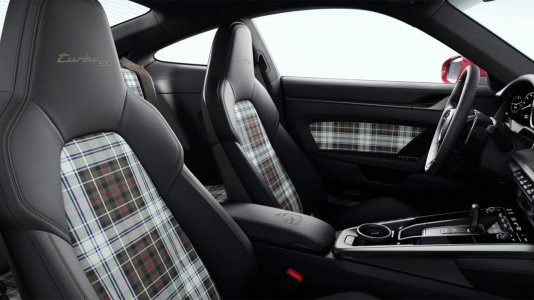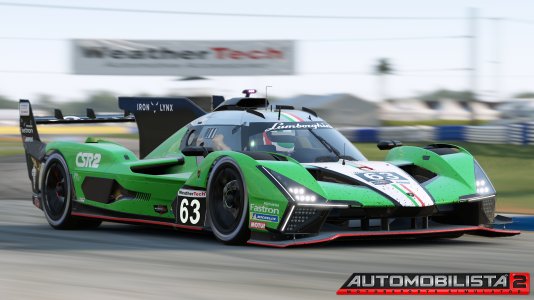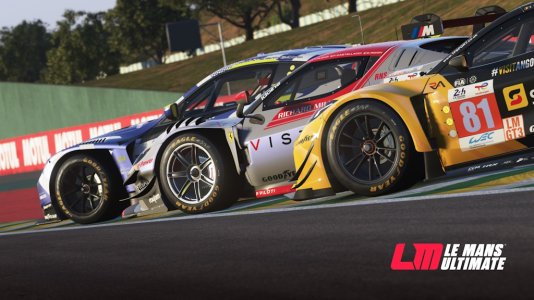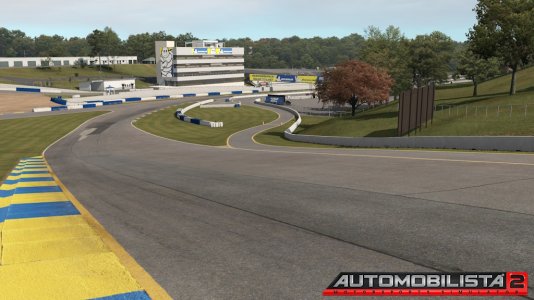Gearing can be a strange one to get right.
if you do not change a gear and it is at the end of its revs, you are supplying very little torque but maximum engine power and the cars “momentum”.
if say, you do not loose much speed in a corner and accelerate in the same gear, you have a noticeable loss of torque and an engine that gives you near maximum power but the car has no “momentum”.
So if my corner entry is at high rpm in 3rd and not much speed is lost in the corner phase, rather than accelerate out of the corner in 3rd gear I will change into to 4th. This allows the torque to drive me out of the corner. Remember in the middle corner phase you have no acceleration, no speed change, so when using 3rd gear you have a 1000rpm to use that has power but low torque to now re accelerate you out of the corner. ( This is all relative to sequential shifting close ratio racing transmissions)
The above is to try and explain the difference between torque, power, gearing and the acceleration left in the car.
Very badly I am sure too.
Every car is completely different, the correct approach for one car is completely wrong for another.
The BMW gives you the opportunity to spread the gears neatly in 20mph increments, if I can remember the torque falls away quickly and the engine makes power nearly to it’s peak revs. If you spread the gears properly you should not be locking up on the down shift, I understand that it may occur for some special reason if you over spread the gears ratio's.
The next up gear is always going to give you less torque, you can usually always go quicker by running peak rpm. ( especially with close ratio gears ) but that only applies if you have the cars momentum in the mix.
The first thing I always do is look at peak power and peak torque and peak rpm to see how they correlate with one and another.
You really have to go laboriously through the calculations for the ratios to see were the max acceleration ( torque ) can be achieved. Too much trouble for someone who is in a fiat 500 one day and a group C the next.
As I said the GT2 class is kind to you in that you can make many gear and diff adjustments.
[I have always wondered if you use a lower diff ratio, and a set of gears to give the required mph increments as opposed to a higher diff ratio and gears to give the equivalent mph. Do you have more acceleration.]
If you look at my BMW I was just reaching peek rpm at the end of the back straight, so was Chris in the Porsche.
I am of the opinion that acceleration from one gear to the next gives the car a sling shot, constantly going from peak power to high torque as you select the next gear.
I select TC to give me the soonest application of full throttle without upsetting the car.
One mans 3 is another mans 1.
If I loose 2/10ths a Lap on TC at 1 instead of TC at 4, ( and I do ), but do not spin due to being caught out by power oversteer in a race, that to me is a good compromise.
Braking for me is problematic , I cannot feel my feet very well, I run with reduced power in the brakes , say 95%, I think, If I was to run the GT2 BMW full time without ABS, I would suggest running the car to max rpm in third gear and do a brake test, note the distance, keep adjusting the brake bias and pressure to give the best results. But always be aware of that corners with a bumpy or cambered approach if you are heavily trail braking into that corner it can lock the rear wheel and sends you spinning, I always factor in a safety margin.
These are just my humble ramblings. This is not a difficult subject but one that I could write sheets of text to ensure I had covered all the variables, which is not really practical here.











